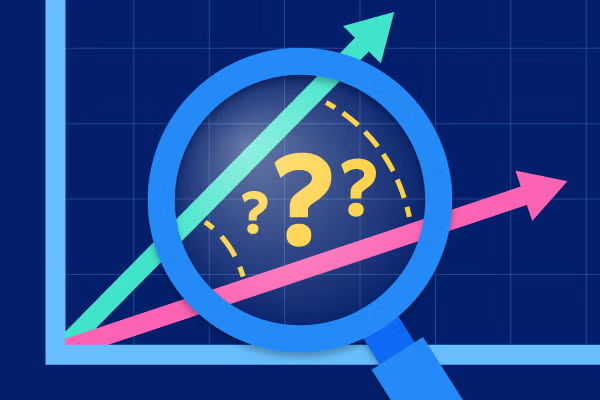Lifecycle of Projects (Advanced Insight)
Managing projects effectively requires not only understanding their main lifecycle but also recognizing that each stage may have smaller, internal lifecycles that enable problem-solving and process optimization.
—
1️⃣ Main Project Lifecycle:
Every project typically follows these fundamental stages:
1. Initiation: Define the project’s goals, scope, and feasibility.
2. Planning: Develop a roadmap, allocate resources, and establish timelines.
3. Execution: Implement the project activities as per the plan.
4. Monitoring and Controlling: Track progress, identify gaps, and make adjustments.
5. Closure: Conclude the project, ensuring objectives are met and deliverables handed over.
—
2️⃣ Lifecycles Within Lifecycles:
In complex projects, each stage of the lifecycle may include sub-lifecycles to address specific challenges or refine deliverables. For instance:
Application Development Lifecycle:
Within the Execution phase, there might be a smaller lifecycle:
Writing exceptions during coding.
Running tests for error handling.
Implementing corrective actions before progressing to the next stage.
Engineering Project Lifecycle:
During the Planning phase, you may encounter:
Multiple iterations for site analysis, resource estimation, and cost adjustments.
—
3️⃣ Corrective Paths Through Sub-Lifecycles:
These smaller lifecycles ensure agility:
Identify exceptions or errors.
Trigger a corrective path.
Iterate through testing and validation.
Return to the main lifecycle seamlessly, ensuring continuity.
—
4️⃣ Why This Matters:
By recognizing and managing these internal lifecycles, you can:
Minimize risks: Quickly address issues without disrupting the entire project.
Improve efficiency: Create adaptable processes for every stage.
Deliver quality outcomes: Ensure all elements of the project align with the main goals.



